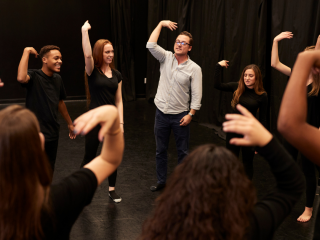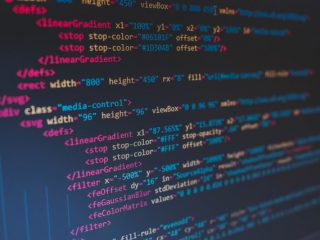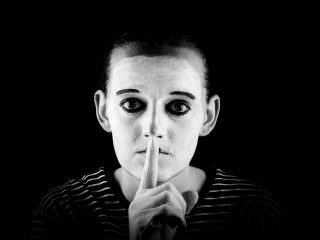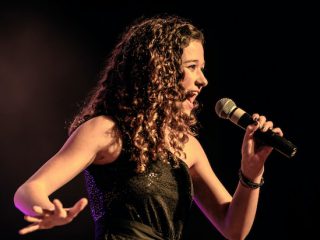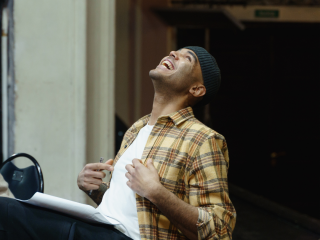Imagine, if you will, standing in the middle of a circle, surrounded by your peers. All eyes are on you. You’re trapped in the middle of this circle. And there’s only one way out: to make every single person making up the circle around you laugh. Not just smirk or chuckle. But laugh. Every. Single. One. Welcome to the world of clown.
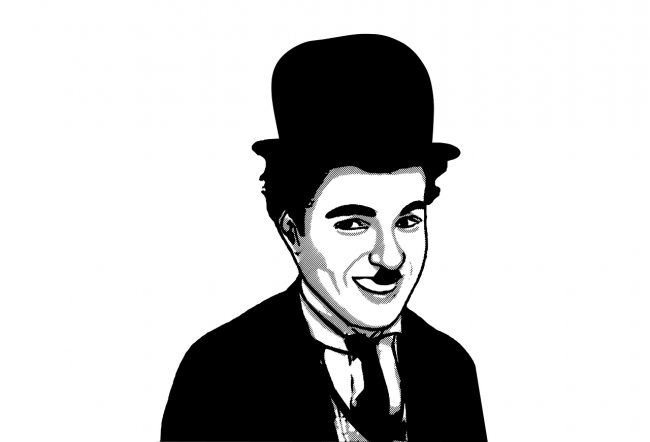
The word ‘clown’ may conjure up images of the Ringling Brothers-style circus clown, with big floppy shoes, funny wigs, and a big red nose who runs around being silly. And while there are certainly some elements of that in what we did, the style of clown and clowning that I’m talking about is a little different. This style of clown is all about embracing vulnerability and presence. It’s about showing off sides of you that you don’t usually let others see. In clown, we call it your “mess”. Your mess is essentially your insecurities, your fears…all your “ugly” parts. Clown asks you to take your mess and show it off for everyone to see. And it’s just as scary as it sounds.
Clown is hard to quantify or put into words because there’s a certain quality to a clown. An X-factor if you will. Charlie Chaplin was a great clown, not just because of his physical gags but because he had a vulnerability to him on screen. Dogs are great clowns. So are babies. Dogs unwittingly do funny things all the time. Babies fall on their rear and we laugh. But it isn’t just about making people laugh. It’s about having a sense of innocence and vulnerability. That’s the essence of clown work.
I was first exposed to clown work in my undergraduate theatre program in an upper-level acting class designed to introduce us to our inner clown and make us more vulnerable and present as actors. To illustrate, I’ll take you on a quick tour of the work we did.
Most days would start with some sort of warm-up. Usually, it involved us walking around the space and greeting each other as the clown. There’s a standard facial expression for the clown: you drop your jaw a bit and open your eyes kind of wide. That’s because the clown is always curious about the world around them. So, to connect with our inner clown, we would walk around and just take each other in. “See and be seen” was the mantra. Then, we’d transition into an exercise. One of the first exercises we did was to stand in front of our classmates and pretend we really had to use the bathroom. I believe I got an A on that one. To this day I have no idea what was on the rubric.
Some days, we would simply practice embracing the concept of “see and be seen”. We’d take turns standing in front of the class and taking everyone in while they took us in. All we had to do was stand there and just be present. No need to “perform” or put on a figurative mask. If you were in a lousy mood, just stand there in your lousy mood and let us take you in while you take us in. The key was that you had to “see” and take in everybody. That means you couldn’t just stare into space, you had to make eye contact with each person and take a moment to really take them in. It sounds simple, but as actors we sometimes get used to hiding behind a character. When you’re up there in front of everyone, it’s just you as you. You have nowhere to hide. A couple of people cried. Not because of anxiety or anything like that, but just because they let themselves be vulnerable. There’s also an intimacy that comes with making eye contact with someone and really noticing each other. It was a surprisingly existential experience.
One of the most memorable exercises we did was called the “act of failure”. We had to get up in front of our classmates and do something we knew we couldn’t do. Some people tried to sing or play a musical instrument. Some tried to do a cartwheel. One student tried to paint with their toes. I tried to dance. It was a little anxiety-inducing, but there was also something freeing about it. Knowing that you couldn’t do it took away the pressure to be “good”. After all, the entire point of the exercise was to not be good. How often is that true in an acting class? We were all used to performing at our best. We did monologues we connected to and sang songs we knew we could rock. To publicly attempt something we knew we would fail at, and to do it in a performative space for an audience of people who would also be doing an act of failure, was oddly freeing.
One of the last exercises that we did was lip sync. We had to find a song that moved us in some way or that we had some sort of emotional connection to. The song had to be by an artist of the opposite gender we identified as. Then, we got up and lip synced our hearts out. But we couldn’t just lip sync to the song. We had to make it grotesque in some way. Because clown is not supposed to be pretty or glamorous. So I tied my shirt up and let my belly hang out while lip syncing and dancing (using the term loosely) to Britney Spears’ ‘Sometimes’.
The semester culminated in the aforementioned exercise in which we stood in a circle and tried to make everyone laugh. It’s called the Ring of Fire, which I think has to be one of the most aptly-named acting exercises there is. We sat in a circle while, one by one, our peers got up in the middle and did their very best to make us laugh. Some started off with a joke, which never worked. A few tried silly faces. Nothing. What became apparent was that there was no sure-fire way to do it. The biggest and quickest laughs came when people were just themselves, without trying so hard to make everyone laugh. The longest someone was up there was about 40 minutes. I think I was in the center for about 25 minutes or so, but I lost all sense of time. I honestly couldn’t tell you what I ended up doing to get out. The whole thing was, and still is, a blur.
So, you might ask, what’s the point? Well, what all of these activities did was push us out of our comfort zone. We were forced to be more present and connected, not just with each other but with an audience. As actors, vulnerability can be one of our greatest gifts. But it’s also one of the hardest to access. We put up walls and hide behind masks. Clown work starts to break down those walls and shows us what it really means to “see and be seen”.




